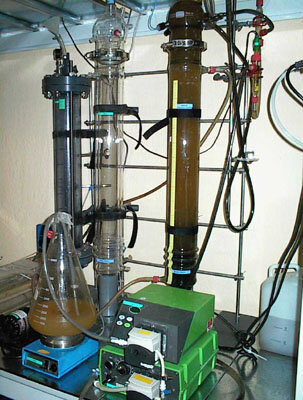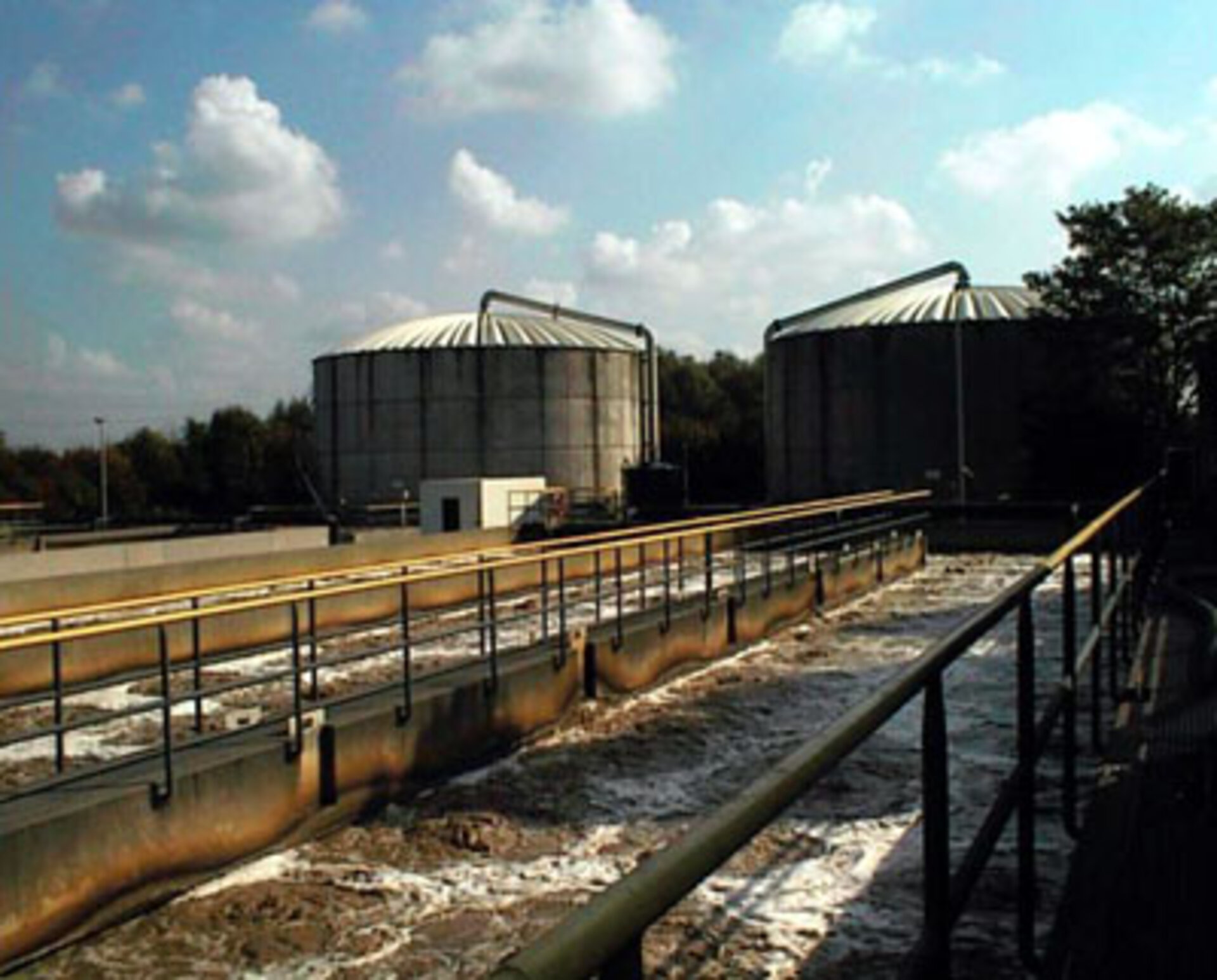Space technology disposes of sludge
Research funded by the European Space Agency into ways of feeding future astronauts on missions to Mars is about to find a very down-to-earth application - how to dispose of the sewage sludge left over after wastewater treatment.
The MELISSA (Micro-Ecological Life Support Alternative) project, which ESA is funding in companies and research institutes throughout Europe, is developing a system of recycling as much of the waste as possible produced by astronauts on long-duration space missions into food and other consumables. EPAS, a Belgian company participating in the project, is using some of the research results to devise methods of substantially reducing the amount of solid material left over after sewage treatment on Earth.

Presently-available technologies reduce the amount of solid waste left in effluent such as pig waste, vegetable waste or sewage by 40-60% at most, according to Dries Demey from EPAS. In space, it's essential to find ways of using the remainder. On Earth, it's not essential, but would be highly desirable. At present, this undigested fraction is disposed of in landfill sites or, when suitable, by spreading on agricultural land. "In Flanders, there's not a lot of land and the tax on sludge disposal at landfill sites is getting higher," says Demey.
Whether in space or on Earth, waste initially enters a fermentation chamber where carefully chosen bacteria break down the solids. As this process is unable to biodegrade recalcitrant fractions, EPAS began investigating additional treatments to reduce the waste further.
The method that worked best involves using hydrogen peroxide, a reactive but harmless oxidant, to break down the resistant fraction which can then be reintroduced to the original fermentation chamber after removal of the peroxide. "The results have been quite positive," says Demey. "We've been able to remove 85% of the solid waste and convert it into water and methane gas, which can be used to generate electricity. We've tested the method on sludge waste from a Flemish food company. The only obstacle is that the cost is higher than that of current disposal methods, but this will change in future".
Flammable methane may be a desirable end product on Earth, but in space it could be a disaster. "By adapting the process conditions, we can slow down the fermentation process and stop it before methane is produced, " says Christophe Lasseur, MELISSA project manager at ESTEC, ESA's technical centre in the Netherlands. This could involve maintaining a high ammonium (urea) concentration, high acidity, or by washing methane-producing bacteria out of the fermentation chamber.
During fermentation, long organic (carbon-based) molecules are gradually broken down until ultimately carbon dioxide and methane, molecules containing just one carbon atom, are produced. "In the MELISSA system, we stop when the long molecules have broken down into fatty acids," says Lasseur. The fatty acids are then used to feed bacteria which also consume some of the ammonium. The remaining ammonium is fed into the third MELISSA compartment where it is converted into nitrates which are used to feed the plants that astronauts eat for dinner.






